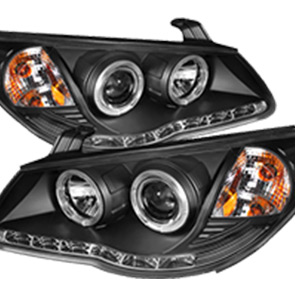Understanding Gear Shift Linkage Mechanisms and Their Functionality in Vehicles
Understanding Gear Shift Linkage Function, Design, and Importance
Gear shift linkage is a critical component of a vehicle's transmission system, playing an essential role in the overall driving experience. It serves as the connection between the gear shift lever and the transmission itself, translating the driver’s intentions into mechanical action that changes the vehicle's gear. This article delves into the function, design, and importance of gear shift linkage in automobiles.
Function of Gear Shift Linkage
The primary function of gear shift linkage is to facilitate the smooth engagement and disengagement of gears in a vehicle's transmission system. When a driver shifts the gear lever, the linkage moves various components within the transmission to alter the gear ratio. This allows the engine to deliver the appropriate amount of power and torque required for different driving conditions.
In manual transmissions, gear shift linkage usually consists of a series of rods, levers, and bushings that provide both mechanical advantage and flexibility in movement. As the driver pushes or pulls the gear shift, these components work together to ensure that the correct gear is engaged. Automatic transmissions, on the other hand, often utilize electronic or hydraulic systems for gear shifting, but the fundamental principle of translating driver input into gear changes remains the same.
Design of Gear Shift Linkage
The design of gear shift linkage can vary widely depending on the type of vehicle and transmission system
. In manual transmissions, the linkage is often characterized by its simplicity and robustness, composed of mechanical components designed to withstand the rigors of frequent gear changes. Common materials used in gear shift linkage design include steel for strength and durability, as well as plastics for lighter-weight components.gear shift linkage

In contrast, modern automatic transmissions may incorporate more complex gear shift linkage systems, including cables, levers, and electronic controls. This complexity allows for smoother shifts and improved responsiveness, as well as the integration of features such as shift paddles and power management systems.
One recent trend in gear shift linkage design is the use of electronic actuators, which can enhance precision and speed in gear shifting. By using sensors to detect the driver's intent, these systems can adjust the gear selection in real-time, improving overall vehicle performance.
Importance of Gear Shift Linkage
The importance of gear shift linkage cannot be overstated, as it directly impacts the driving experience and vehicle performance. A well-designed linkage system ensures that gear changes are smooth and precise, allowing the driver to maintain control of the vehicle under various conditions. Conversely, poor linkage design can lead to difficulties in shifting, which can be frustrating and potentially dangerous while driving.
Moreover, the efficiency of the gear shift linkage can affect fuel efficiency and acceleration. Smooth and timely gear changes contribute to optimal engine performance, while delays or errors in shifting can result in decreased performance and increased fuel consumption. As such, automotive manufacturers invest significant resources in developing and refining gear shift linkage systems to deliver the best possible experience for drivers.
Conclusion
In summary, gear shift linkage is a vital component of any vehicle's transmission system, affecting both the functionality and performance of the automobile. Understanding its role helps us appreciate the intricacies of vehicle design and engineering. As technology continues to advance, we can expect further innovations in gear shift linkage systems, leading to more efficient, responsive, and enjoyable driving experiences. Through ongoing research and development, the automotive industry aims to enhance this critical aspect of vehicle performance, ensuring that gear shifting remains intuitive and reliable for drivers around the world.
-
Upgrade Your Control with Premium Throttle CablesNewsAug.08,2025
-
Stay in Control with Premium Hand Brake CablesNewsAug.08,2025
-
Experience Unmatched Performance with Our Clutch HosesNewsAug.08,2025
-
Ensure Safety and Reliability with Premium Handbrake CablesNewsAug.08,2025
-
Enhance Your Vehicle with High-Performance Clutch LinesNewsAug.08,2025
-
Elevate Your Ride with Premium Gear CablesNewsAug.08,2025
